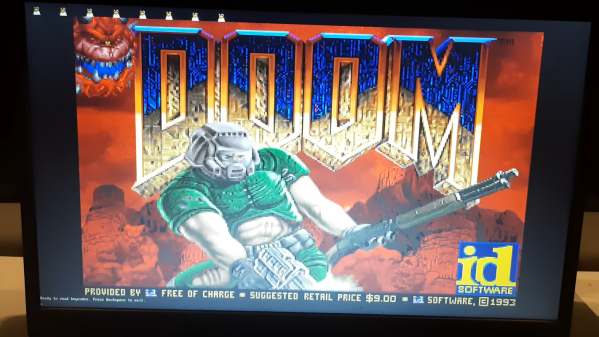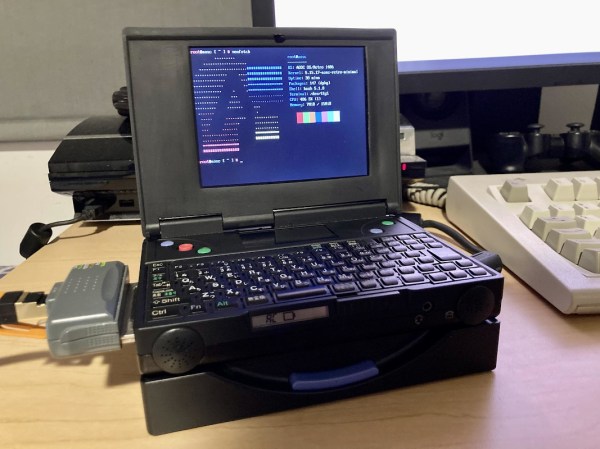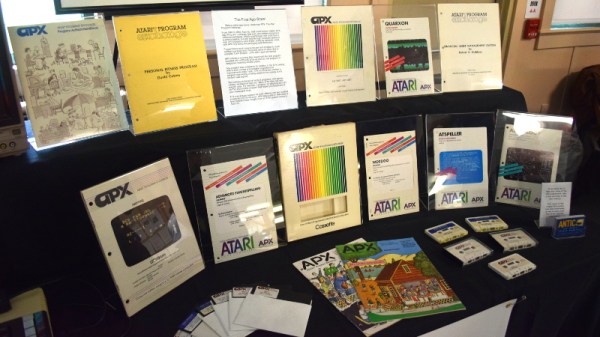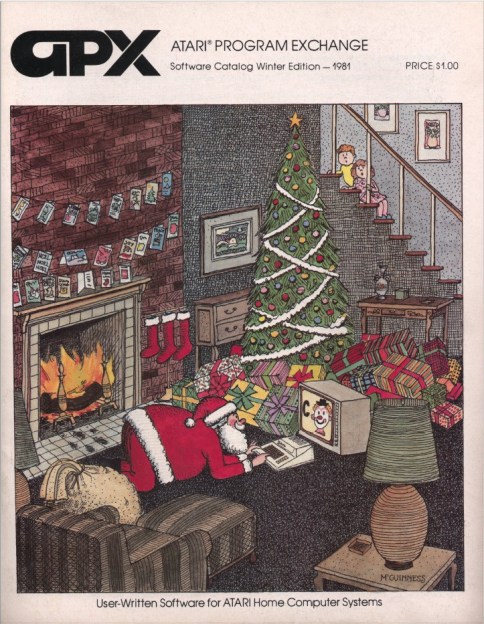While high-voltage transmission lines are probably the most visible components of the electrical grid, they’re certainly among the least appreciated. They go largely unnoticed by the general public — quick, name the power line closest to you right now — at least until a new one is proposed, causing the NIMBYs and BANANAs to come out in force. To add insult to injury, those who do notice the megastructures that make modern life possible rarely take a moment to appreciate the engineering that goes into stringing up hundreds of miles of cable and making sure it stays up.
Not so the Bonneville Power Administration, the New Deal-era federal agency formed to exploit the hydroelectric abundance of the Pacific Northwest of the United States, which produced this 1950 gem detailing the stringing and sagging of power lines. Unsurprisingly, the many projects needed to wire together the often remote dams to the widely distributed population centers in an area that was only just starting to see growth began in the BPA’s offices, where teams of engineers hunched over desks worked out the best routes. Paper, pencil, and slide rules were the tools of the trade, along with an interesting gadget called a conductor sag template, a hardware implementation of the catenary equation that allowed the “sagger” to determine the height of each tower. The conductors, either steel-cored aluminum or pure copper, were also meticulously selected based on tensile strength, expected wind and ice loading, and the electrical load the line was expected to carry.
Once the engineers had their say, the hard work of physically stringing the wires began out in the field. One suspects that the work today is much the same as it was almost eighty years ago, save for much more stringent health and safety regulations. The prowess needed to transfer the wires from lifting sheaves to the insulators is something to behold, as is the courage required to work from ladders hanging from wires at certain death heights. But to our mind, the real heroes were the logistics fellows, who determined how much wire was needed for each span and exactly where to stage the reels. It’s worth sparing a moment’s thought for the daring photographer who captured all this action, likely with little more than a leather belt and hemp rope for safety.
Continue reading “Retrotechtacular: Powerline Sagging And Stringing In The 1950s”



















